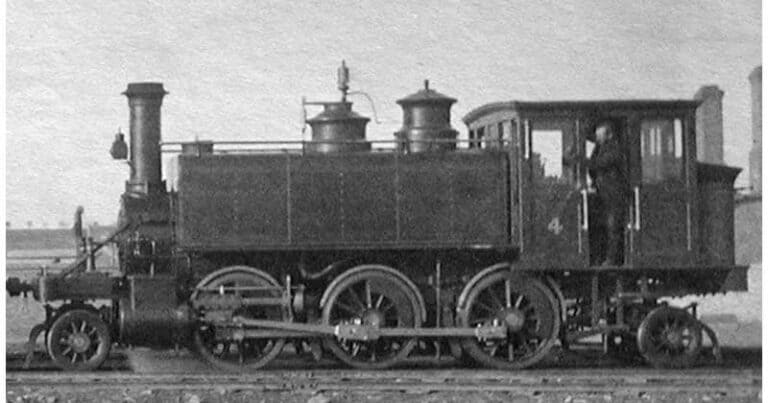The History of Richmond Locomotive Works
Founded in Richmond, Virginia, in 1887, Richmond Locomotive Works was the top producer of locomotives in Virginia before merging into one of the largest manufacturers in the country. Though not nearly as well known as its successor, Richmond Locomotive Works had a major impact in the railroading industry.
Early days of the Richmond Locomotive Works
Richmond Locomotive Works originated from Tredegar Iron Works to become a leader in locomotive production. During a time when the industrial landscape of the country was changing, Richmond was located at a time and place that made it a player on a global scale.
Their primary customers were railways located in the American South, but they also sold in significant numbers to railroad companies in the Midwest, including two specially designed and constructed engines for the Chesapeake and Ohio Railroad that were a part of passenger transportation for the 1893 Chicago World’s Fair. Richmond’s engine, Southern Railway 1401, pulled the funeral train for Franklin D. Roosevelt. This locomotive can be seen at the National Museum of American History in Washington, D.C.
Internationally, a 4-6-0 locomotive from Richmond Locomotive Works was sent to New Zealand in 1901 as a sample engine for the New Zealand Railways to test. One of Richmond’s locomotives was also a part of the Finnish State Railways. Engine #H2-293 was the locomotive that pulled the train carrying Vladimir Lenin into Petrograd as the Russian leader returned from exile leading up to the Bolshevik Revolution. .

Forming the American Locomotive Company (Alco)
By 1901, Richmond Locomotive Works had around 1600 employees and produced two locomotives a day. Joseph Leiter purchased the company that year for $3 million (about $90 million today). Later in 1901, seven locomotive manufacturing companies, including Richmond Locomotive Works, merged to form the American Locomotive Company (ALCO). For many of the merging companies, this would spell the beginning of the end to their local manufacturing. The Richmond location continued to manufacture steam locomotives that were sold to railways around the world.
By the 1920s, the diesel engine was gaining in popularity and began to signal the end of the steam locomotive era. The Richmond site would continue to manufacture specialty parts as a subsidiary of ALCO for years, but with a waning market, production at the site formerly known as the Richmond Locomotive Works stopped in September of 1927.

The primary manufacturing facility still stands and is listed on the National Register of Historic Places. In 2009, after extensive fundraising and renovations, two of the buildings that were part of the Richmond Locomotive Works were opened as the location for “Movieland at Boulevard Square”. The Iron Foundry houses a standard movie theater for newly released pictures. The Brass Foundry contains a smaller movie house for independent films. There are 17 auditoriums in total, community rooms available for rent, and refreshment areas.
Even though the manufacturing days at these facilities are a part of history, they have been preserved so that the public can still view them.

A longtime railfan, Bob enjoys the research that goes into his articles. He is knowledgeable on many railroad topics and enjoys learning about new topics. You can get a hold of Bob at his email link below.







